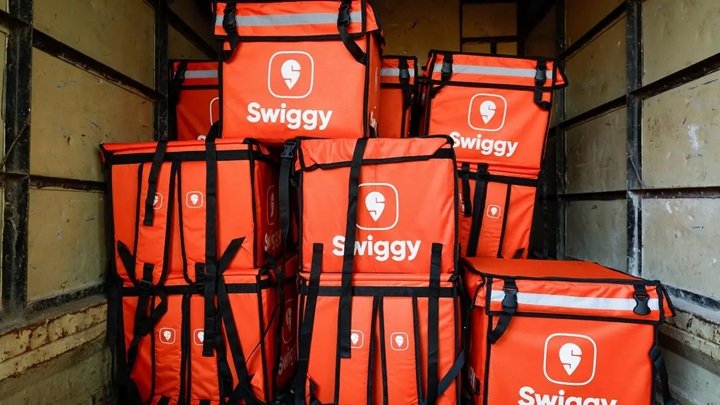
Food delivery sector feels heat as new players push low-cost models, transparency
Industry experts note that high prices and hidden charges have limited order volumes, and these new models aim to expand the market by targeting customers hesitant to order due to costs
India’s food delivery sector is seeing a renewed focus on value amid intensifying competition, slowing discretionary spends, and pressure to expand beyond premium urban users, signalling the onset of a new price-led battle in the food delivery ecosystem.
Food and delivery major Swiggy has launched a ₹99 Store on its app to offer affordable meals as food delivery platforms look to reignite demand in a market where order volumes have largely plateaued. The move comes at a time when food delivery firms are under pressure to expand beyond premium users and increase the frequency of orders.
“What is happening in food delivery is because of the pricing. The pricing is much higher than the restaurant’s pricing. Second, there are add-on charges and all of this combined together is not allowing customers to order more. That’s why your food delivery orders are not growing in terms of volume,” noted Satish Meena, adviser at Datum Intelligence.
Meanwhile, bike taxi platform Rapido has begun piloting its food delivery service, Ownly, in Bengaluru, positioning itself as a low-cost, restaurant-friendly alternative to incumbents like Swiggy and Zomato. Rapido is not charging commissions and has adopted a transparent delivery fee model.
Orders exceeding ₹400 incur a delivery charge of ₹50 plus 18% GST (₹59), which is fully borne by the restaurants. For orders between ₹100 and ₹400, restaurants again pay the full delivery fee of ₹29.50. For orders under ₹100, the fee is shared—customers pay ₹23.60 while restaurants pay ₹11.80, resulting in total delivery revenue of ₹35.40 for Rapido on low-value orders.
“Their entry could shake up the current food delivery landscape. The zero-commission model, along with pricing transparency, is something restaurants have been asking for,” said Pranav Rungta, Vice President, National Restaurant Association of India (NRAI). “What they’re trying to do is grow the market by targeting customers who haven’t yet ordered online regularly due to high prices and hidden charges.”
On Swiggy’s part, the ₹99 Store is seen as a strategic response to this changing dynamic. Instead of discounting existing dishes, the company is asking partners to create specific low-price SKUs by tweaking portions and packaging.
“Swiggy is targeting the same customer segment as Rapido—value-conscious users—but it’s also looking to create a separate category without disturbing its core pricing,” Rungta said. “It’s a way to protect margins while still expanding reach.”
Both platforms appear to be focusing on volume rather than margins, hoping that affordability will attract new users and drive repeat orders. Whether this recalibration leads to sustained growth or further strain on unit economics remains to be seen.
Author Credits- Jyoti Banthia
THE HINDU business line









